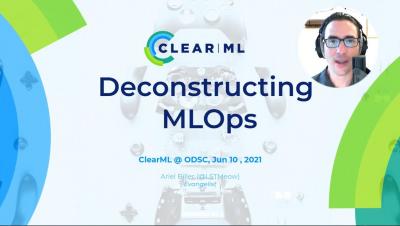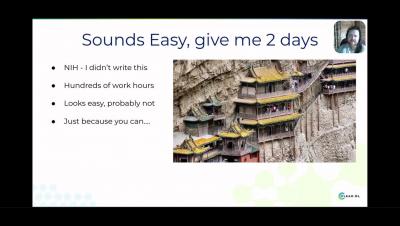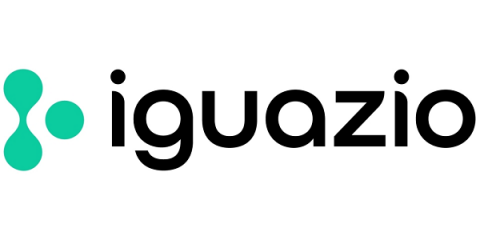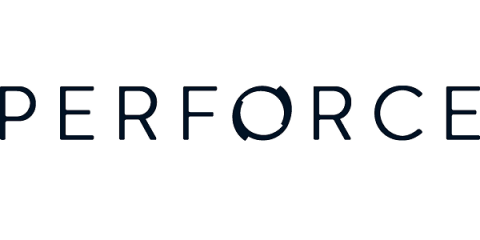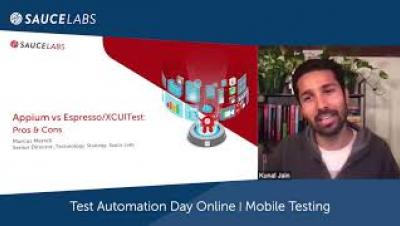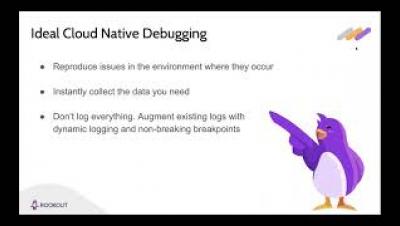Deconstructing MLOps (ODSC East '21 Keynote)
Whether you are a veteran Data Science practitioner, a novice ML engineer, or a hard-working DevOps ninja, you probably heard about MLOps. But what are MLOPs? And do they only relate to applied machine learning in production?


